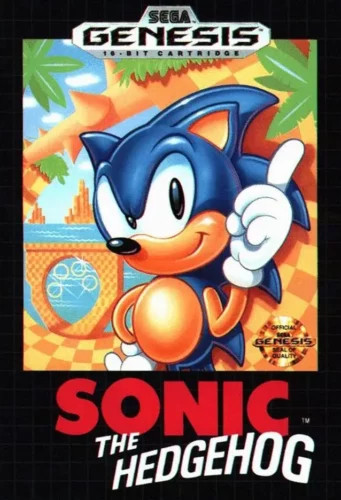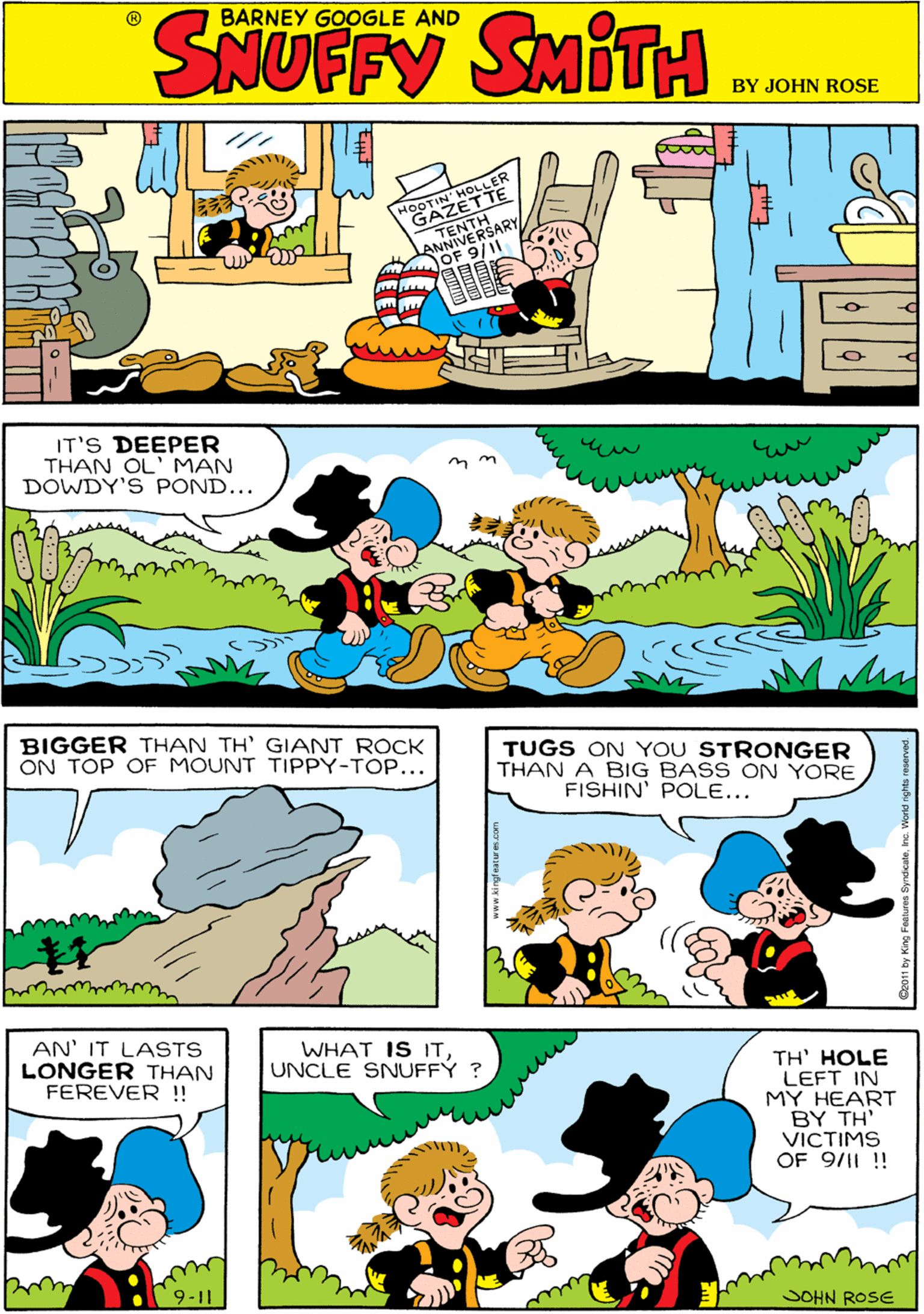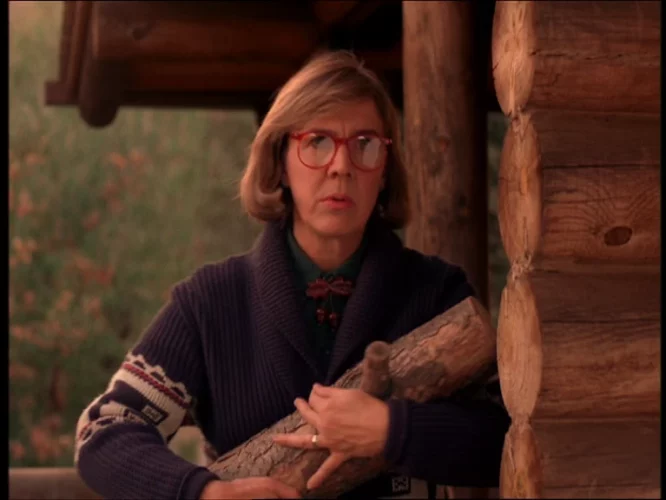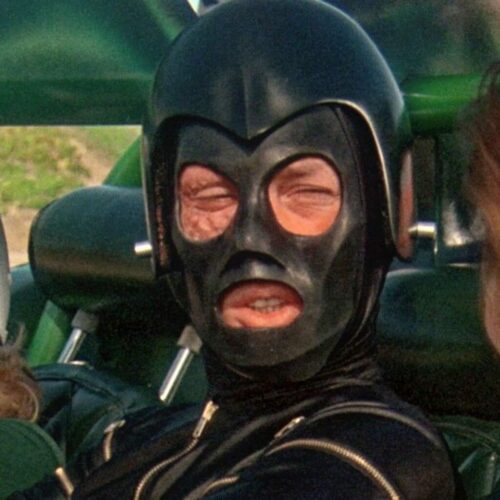Nobody Cares About Anything Anymore (Book Three, Part 55: Big Dave)
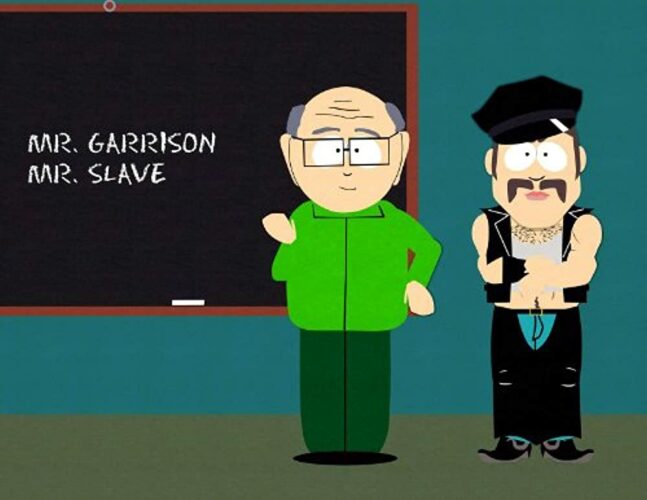
Previously in The Last War in Albion: Having failed to jump immediately to the US market on the back of his early Trident and Crisis work, Mark Millar found himself writing Sonic the Hedgehog comics.
You just like offending people, don’t you? Nobody cares about anything anymore. – Grant Morrison, Multiversity: The Just
Millar’s Sonic the Hedgehog work consisted of eleven self-contained stories across eleven issues, mostly in 1993 but with one in 1994 and two—presumably inventory pieces—in 1996. None are extraordinary, and if they did not bear Millar’s name they would seem wholly unremarkable. They are not cynical and nihilistic in the way that Millar’s work for older readers is. And yet looking at them in the context of his career, some of Millar’s trademark obsessions do begin to emerge. Most obviously, Millar leans hard into the idea of Sonic as an egotistical jerk—admittedly a savvy move that acknowledges part of the character’s core marketing appeal. But there are subtler issues too—a running theme of sidekicks and secondary characters who are defined in part by their inadequacy compared to the hero, especially in his first strip, which features Tails, Sonic’s sidekick from Sonic the Hedgehog 2, captured by Doctor Robotnik and turned into an evil cyborg brimming with vocal resentment. This would be a trope Millar would return to, and one it’s hard not to read in light of his own status as a sidekick within the War. Also obviously notable is the comedy “A Day in the Life of Doctor Robotnik,” a strip whose ending, which reveals Robotnik as a fan of romance comics, is difficult not to read in light of Millar’s broader fondness for homophobic jokes.
Something closer to an unfiltered version of Millar appeared in his other strip for Sonic the Comic, Streets of Rage. Based in a beat ‘em up style game in which vigilante ex cops try to rid a decaying American city of crime, the strip was by some margin the most adult strip in the comic. The nature of its setting, with its failed institutions that can only be saved by vigilante violence, lent itself to Millar’s cynicism, but also showcased the kind of innately conservative aesthetics that would come to dominate Millar’s work. The comic was also simply a venue for an only mildly toned down version of the nastiness that pervaded Millar’s other work, however. His first arc culminated in the villain being dumped alive into a vat of molten steel, a barely sanitized version of the resolution of Purgatory, while his second features a scene in which a character researches on a computer while narrating about how “There’s always one jerk in every class who’s into computers. One specky wimp with rich parents who drive him to school. I should know—I’ve got one pinned under my skate shoe right now,” a bit of bullying nastiness that evokes Insiders. In both cases the work is tamer and less confrontationally offensive than Millar’s other work, but the underlying attitudes are viscerally clear.…

